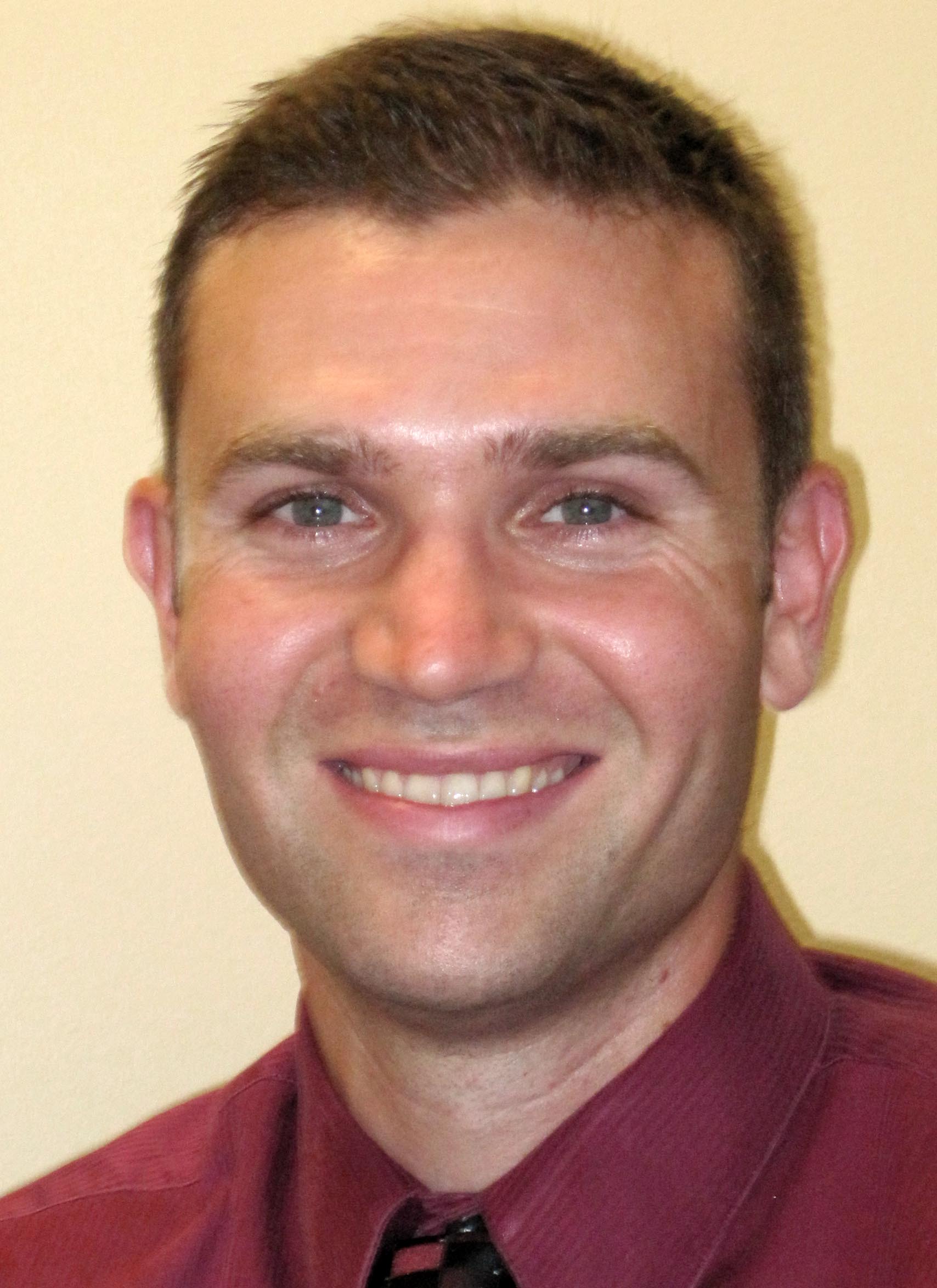
The issues involving a number of youths who land in residential treatment programs such as Boys Town are familiar: They have histories of juvenile delinquency; they struggle in school; they come from unstable homes; they suffer from abuse.
One frequently overlooked factor, however, is that they also often suffer from any number of physical ailments.
A new UNL study in collaboration with Boys Town, in fact, has found that more than a third of youths admitted to Boys Town over the last 10 years had physical maladies — often at much higher rates than the national average.
The study, published in the journal Pediatrics, examined the medical evaluations of nearly 1,800 youths there from 2000 to 2010. Timothy Nelson, assistant professor of psychology at UNL and lead author of the study, said about 34 percent had a diagnosable physical health condition at the time of their arrival.
Many youths — almost 18 percent — had diseases of the respiratory system. Specifically, 15.3 percent were diagnosed with asthma, which is more than twice the national average. Other common diagnoses included dermatitis, migraines, hearing loss, heart murmurs, scoliosis and anemia, the study showed.
The findings, among the first to specifically show that those in residential treatment have high rates of physical health problems, has implications for the estimated 200,000 children and teens in residential care in the United States.
"Many of these youths have a complex combination of medical and behavioral issues, but it is easy to overlook their medical needs when behavior problems are severe," Nelson said. "Identifying and addressing youth needs — both emotional and physical — is crucial for promoting overall well-being."
Also among the findings:
• Females (37.5 percent) were more likely to suffer from a physical ailment than males (31.5 percent).
• Rates of physical health conditions differ significantly by ethnicity. African-American (36.4 percent) and Caucasian (35.4 percent) youths showed the highest rates, while Hispanic youths (23.2 percent) showed the lowest.
• About 7.5 percent were diagnosed with at least two conditions, 1.8 percent three or more.
Why were physical health problems so high? Nelson said there could be several contributing factors: Such youths tend to have high rates of behavioral and emotional problems, a source of chronic stress that in turn can contribute to compromised immune functioning. Also, poverty, family stress, parental psychopathology and exposure to traumatic events can contribute to medical issues. Finally, multiple out-of-home placements during childhood can lead to fragmented and substandard medical care.
The researchers recommended that youths entering residential care receive a thorough medical evaluation during their admission process and that medical homes for youths are established to ensure ongoing assessment and intervention during their stay, regardless of length. Also, planning for ongoing medical care and management of any existing conditions should be an integral part of the discharge process, Nelson said.
"Integrated medical and mental health treatment is key," Nelson said. "Physical and emotional factors can influence each other, so you can't just focus on one and not the other."
- Steve Smith, University Communications